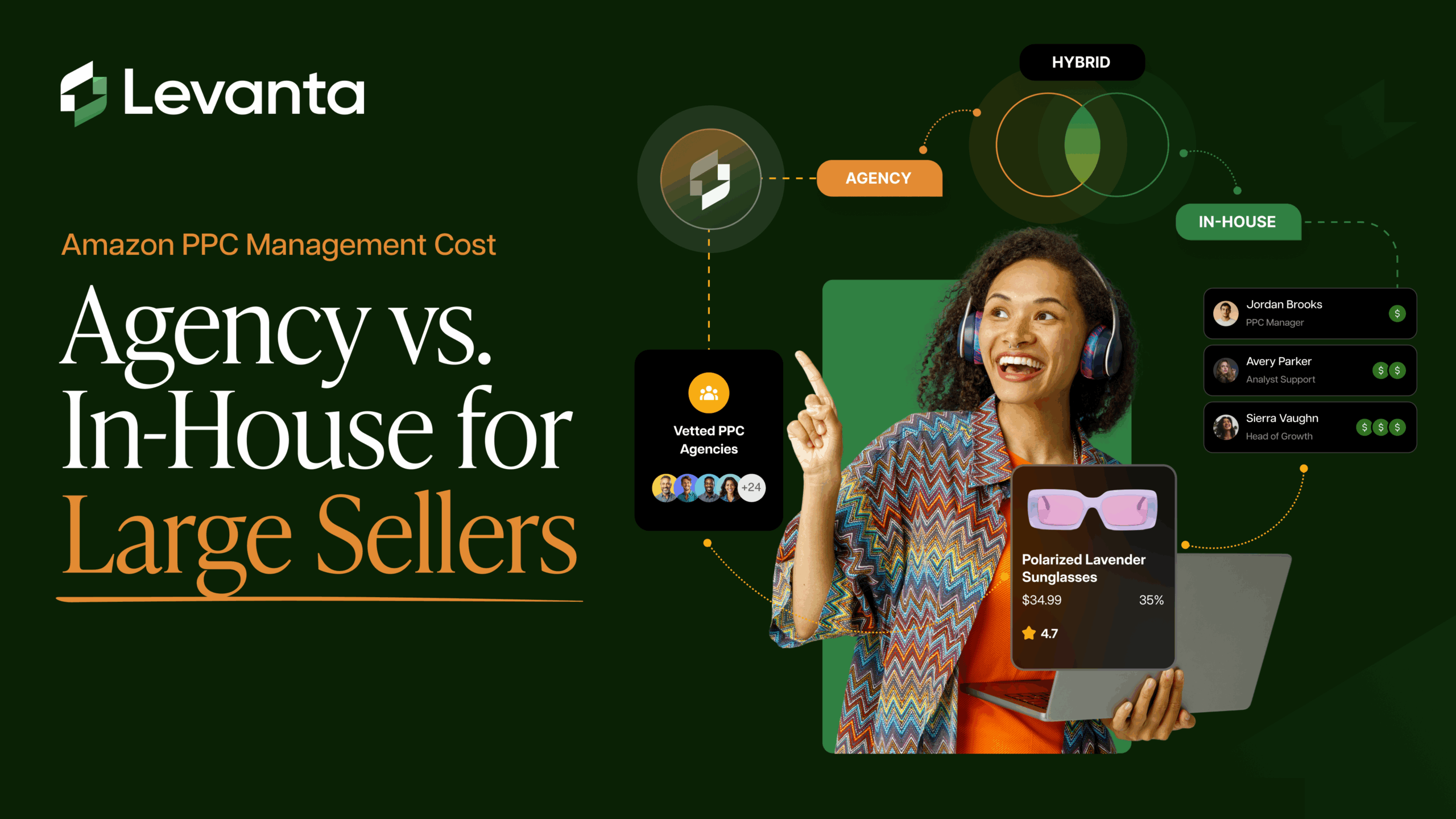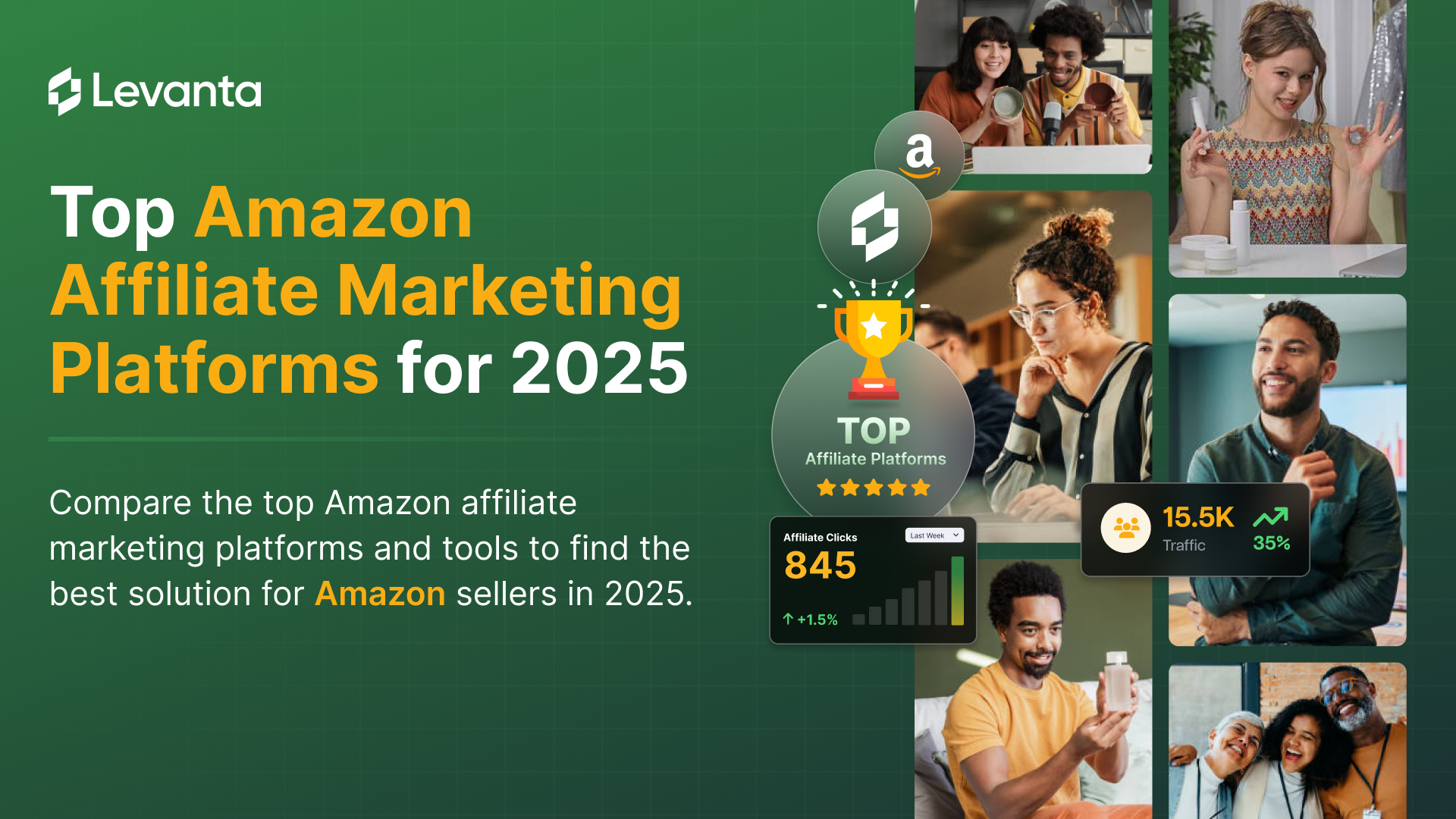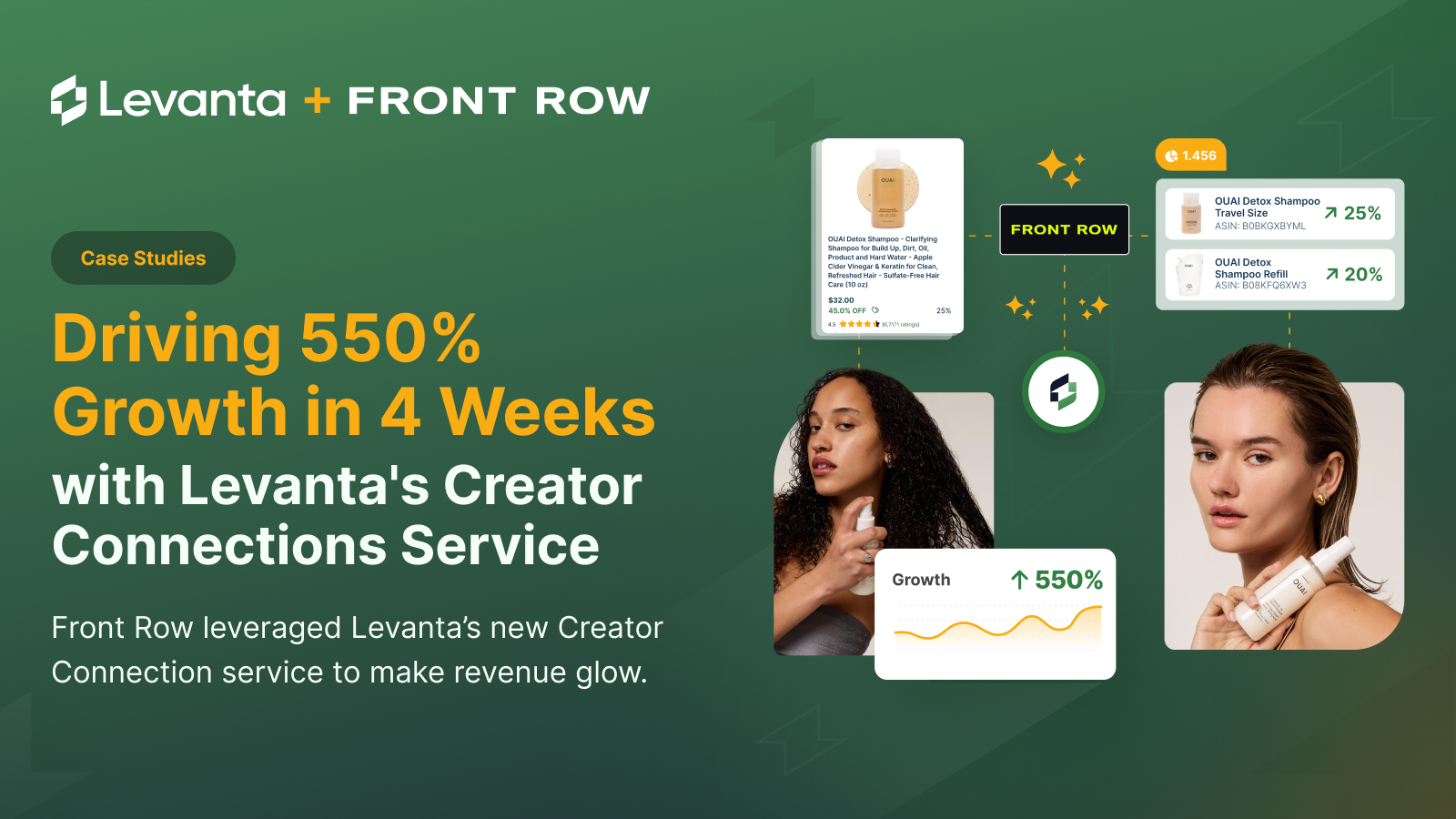
Featuring Chris Meade, Co-Founder of CrossNet
Many DTC founders see retail as the ultimate milestone. But getting your product onto store shelves isn’t the finish line, it’s where the real work begins.
Chris Meade’s story is a good example. He got CrossNet into major retailers like Academy Sports and Walmart. But the move came with hard lessons that you can learn from and avoid when going to shelves.
Chris joined us on our new podcast, Unscripted Commerce by Levanta, where he shared how he got CrossNet into retail, the mistakes he made and how he’d fix them, and what every founder should know before making the leap. Here’s some of the learnings and hacks Chris recommended during this episode.
Why Starting Small is the Smartest Strategy to Launch in Retail
Instead of diving into national chains, Chris started with regional stores like Academy Sports and Scheels. It was the right move. Smaller chains let him test demand without the pressure of massive volume.
This retail launch strategy gave him room to breathe and learn.
Smaller retailers help you:
- Validate retail packaging and shipping
- Measure sell-through which means how quickly products sell in-store
- Test in-store marketing and in Chris’ case, testing local out-of-home (OOH) billboards
Retail buyers watch sell-through closely. If your product sits too long, they’ll reduce orders or shelf space. Chris used simple OOH marketing like a Utah billboard near Scheels that said “CrossNet now available off Exit 18.” Retailers love when you do marketing that helps drive in-store traffic and sell-through, but we’ll get into that later.
One perk of local out-of-home (OOH) advertising is that unsold inventory may keep your ad up long after the campaign ends; in some cases for months at no extra cost.
 Chris Meade, Co-founder and CMO of CrossNet pictured with Richie Carreon, VP of Marketing of Levanta on an episode of Unscripted Commerce
Chris Meade, Co-founder and CMO of CrossNet pictured with Richie Carreon, VP of Marketing of Levanta on an episode of Unscripted Commerce
Do You Really Need a Retail Broker?
Yes, and there is a smart workaround. Brokers can add real value when you’re trying to land retail shelf space. They help navigate compliance and close deals. But Chris shared a smarter way to use them without giving up too much margin.
Instead of hiring a broker upfront, Chris recommends closing the retail deal yourself first. Brokers typically take 5–10% of wholesale revenue, so bringing them in too early can eat into your margins. Once CrossNet had a retailer committed, Chris brought in a broker to handle compliance at a lower rate (for example at 2%), but that can range from broker to broker.
Ok, great, but how did he get in front of retailers in the first place? Chris did not have retail or ecommerce contacts to begin with and that’s when he turned to LinkedIn. It was a long term play, not an overnight results game. Here’s how he did it:
- He used LinkedIn to find and add major buyers at retailers and marketers.
- Over the course of months, he’d post 1-3x a day on LinkedIn about CrossNet, user reviews and the company. This would create awareness of CrossNet with these newly added connections.
- Then retailers began reaching out to him and the sale made it easier versus the traditional route.
This made the sales process much warmer and more direct than filling out cold retail submission forms that rarely lead anywhere.
As for brokers? They still have a place. But Chris’ workaround shows that when you drive demand and secure the deal yourself, you can bring in a broker later and save on fees.
How to Avoid Retail Compliance Mistakes That Cost Brands Thousands
Chris shipped his first retail orders from a Connecticut warehouse. The team thought they did everything right. Then came the chargebacks of $50,000 in penalties because the pallets they shipped did not meet the retailer’s guidelines. Retail chargebacks are not the same as credit card refunds. They’re deductions taken from your invoice when you miss compliance steps.
This is where retail packaging requirements come in. Retailers have strict guidelines, often over 200 pages long. You must follow these exactly or pay the price.
Here’s what you’ll typically find in retail compliance docs:
- Barcode placement: GS1 barcodes must be in specific spots on cartons and units.
- Pallet configuration: Retailers may want your boxes stacked a certain way or shipped on CHEP pallets.
- Advanced Shipment Notifications (ASNs): Retailers need these digital notices before your shipment arrives.
- Carrier requirements: Some stores require shipments via specific logistics partners or through EDI systems.
Here are just a few of the errors that can cost you:
- Late deliveries
- Wrong PO fulfillment
- Incorrect labeling
- Damaged packaging
Each chargeback might cost $50 to $500, and they add up fast. On top of that, many retailers operate on Net 60 or Net 90 terms. You may not see payment until months later, which creates serious cash flow pressure. As an operator you need to take these requirements and payment terms into account.
Retail Growth Starts with Preparation
Retail success depends on preparation. Brands that focus on compliance, sell-through, and marketing support give themselves a better chance to grow on the shelf.
Levanta helps brands build the kind of demand that retail buyers pay attention to. By increasing sales velocity on Amazon through creators and affiliate placements, brands can show clear proof of performance before stepping into retail conversations. Get started with a free account here.
To hear the full story from Chris listen to his episode on Unscripted Commerce, the podcast by Levanta for operators building real growth.


